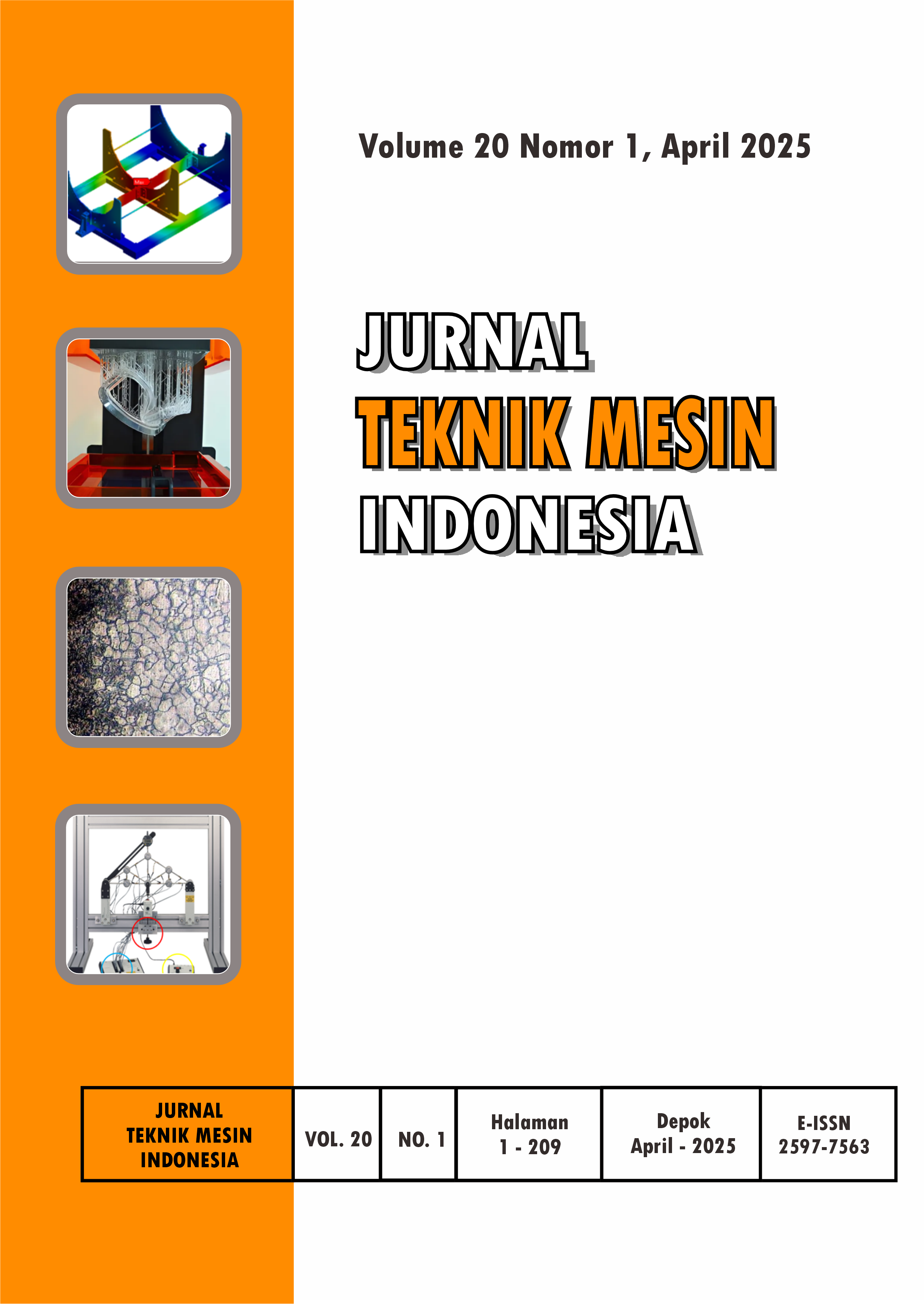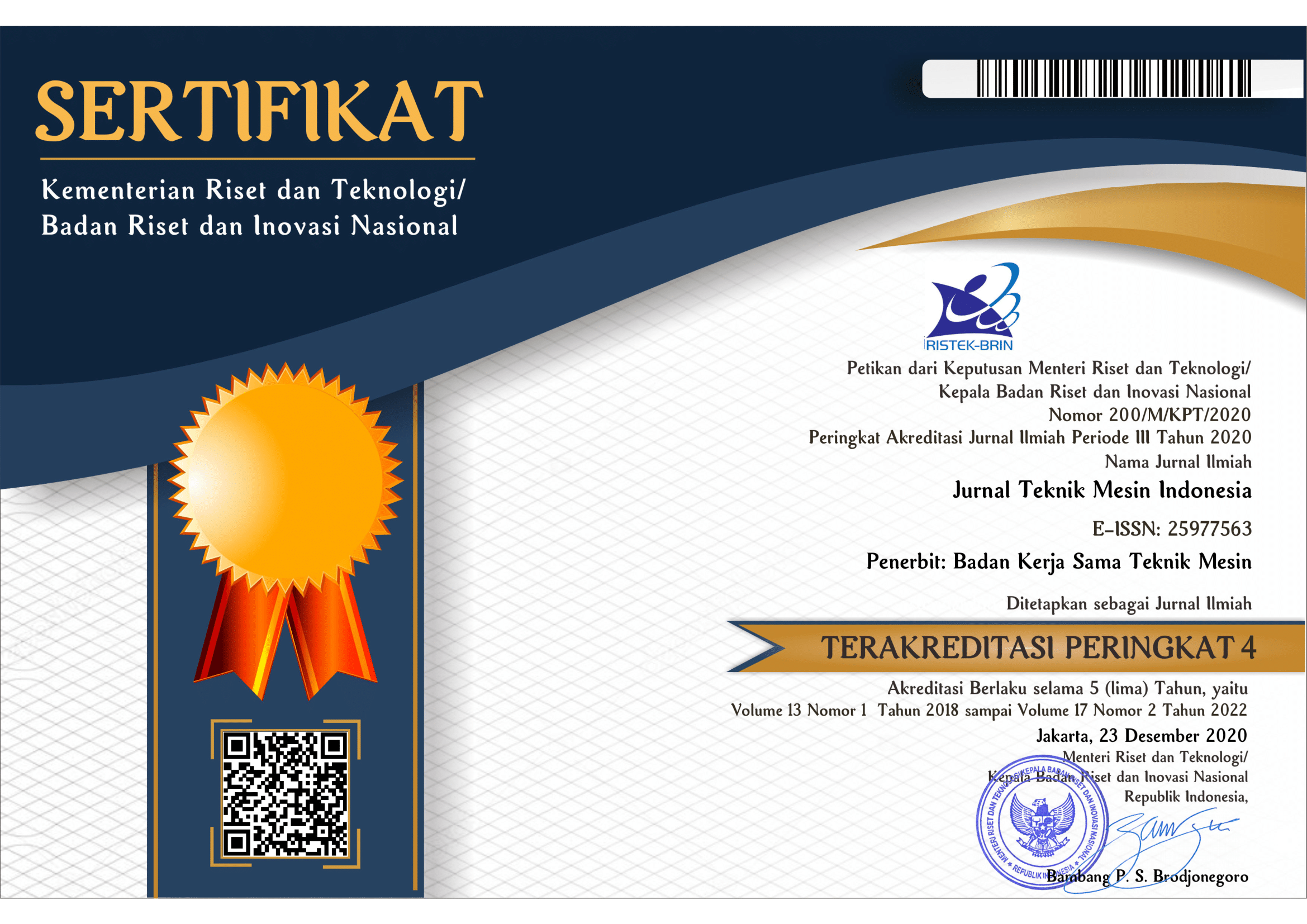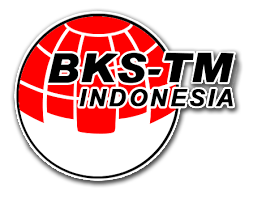Study of the effects of active and passive control treatments on vehicle drag
DOI:
https://doi.org/10.36289/jtmi.v20i1.713Keywords:
dimple, spoiler, blowing, dragAbstract
Increasing fuel consumption efficiency and controlling fuel price increases and environmental impacts challenge manufacturers to think outside conventional vehicle systems by focusing on aerodynamic drag. Various efforts can be made to reduce aerodynamic drag, one of which is by delaying flow separation. Separation delay can be done by providing passive control treatment in the form of dimple and spoiler and active control in the form of blowing. This study aims to analyze aerodynamic drag by applying dimple, spoiler, and blowing to the upper side of the rear of the vehicle model using a computational method. Computational tests are carried out at an upstream speed of U0 = 20 m / s. Flow pattern analysis is presented to support the results of the drag coefficient (Cd) obtained. The results of the analysis show that the application of dimple, spoiler, and blowing to the upper side of the rear of the model successfully delays separation and reduces backflow and reduces the amount of drag (Cd).










